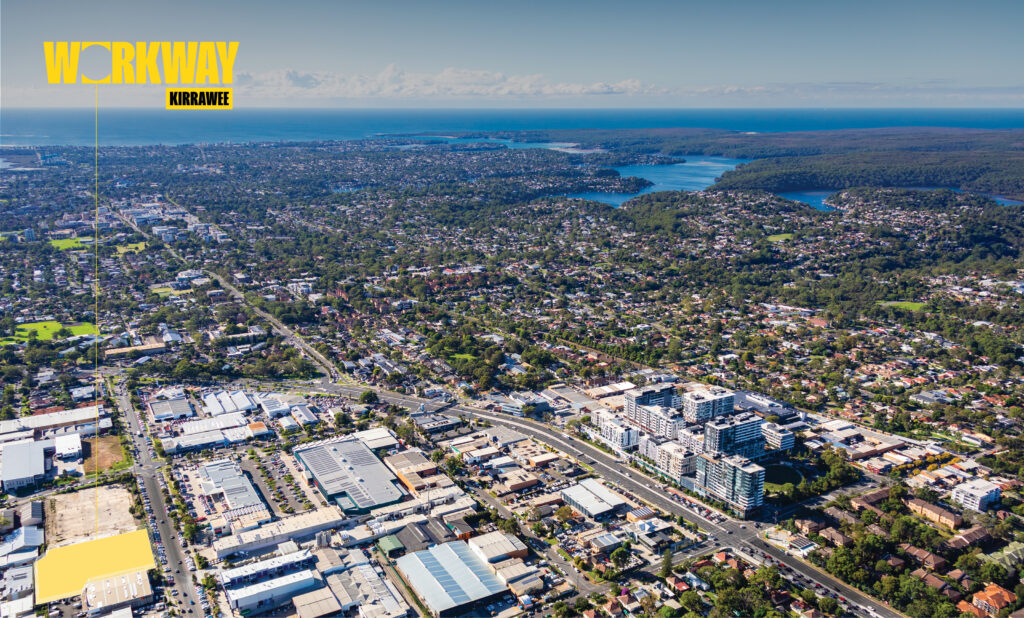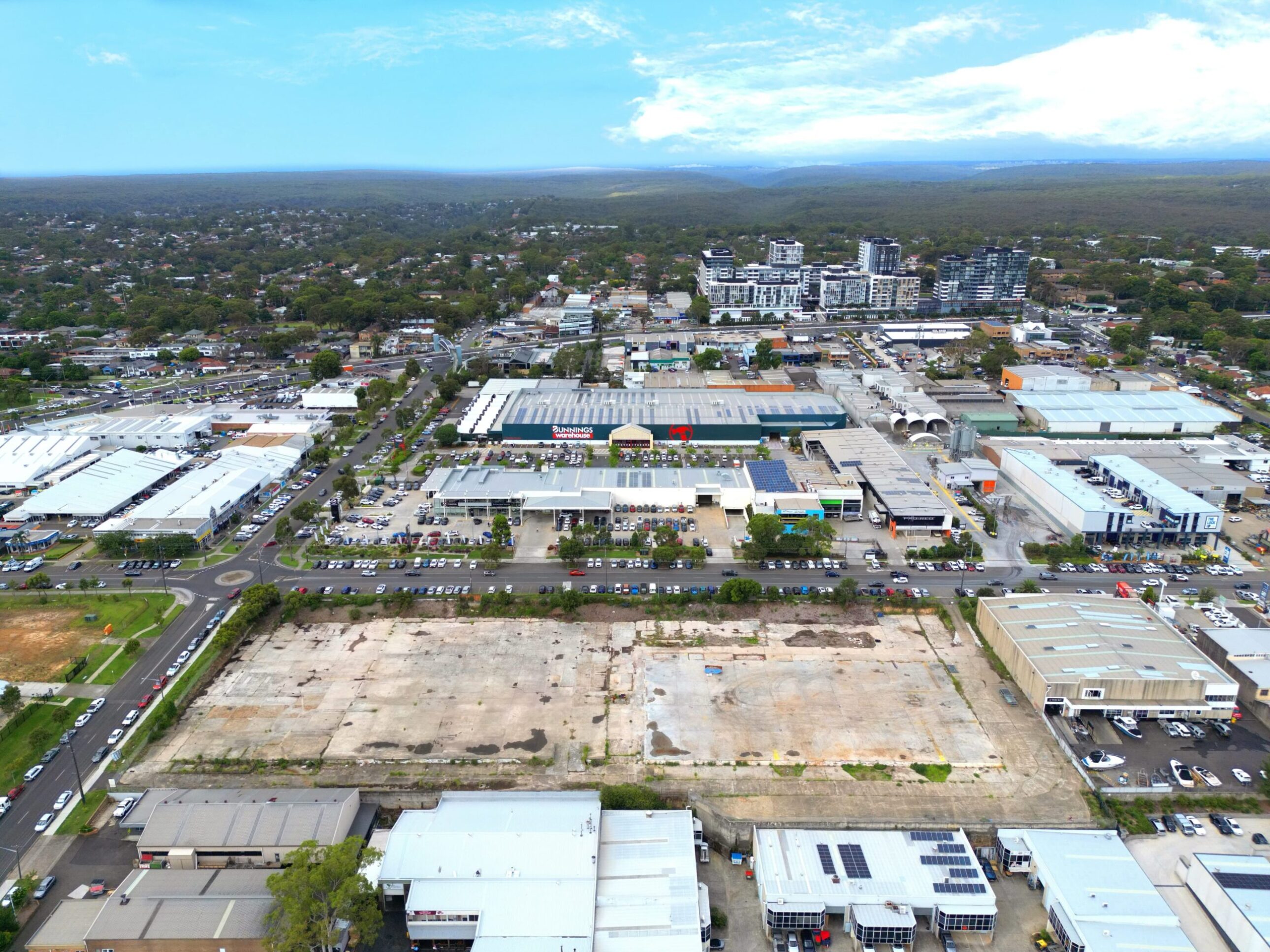Pishoy Gobran probably didn’t set out to add a “disruptor” to his CV
But he was made an offer he couldn’t refuse to start up a funds management and development business, Corimbia Capital, with the backing of as-yet undisclosed family offices and private equity investors.
He just needs to find an untapped opportunity.
The former EG funds and MaxCap property executive had industry experience firmly rooted in industrial and large format retail dealmaking and development, so Gobran began carving a niche for himself in the industry he knows best.
“Once I knew the opportunity was real, I pulled the ripcord and started up.”
Pishoy Gobran
Thematic Investing
But the approach was to find a “scalable theme” to invest into, rather than opportunistic acquisitions.
“Given a lot of my background was industrial and large format retail, that was the strategy that I pitched. Trade centres, similar to homemaker centres, but servicing the trade industry specifically,” he says.
“We aim to invest in untapped opportunities by spotting consumer and business trends that drive emerging patterns in real estate.”
Pursuing the values-led investment philosophy quickly delivered its first opportunity.
Corimbia Capital acquired it’s first site at Kirrawee in southern Sydney, within two months of starting up, which Gobran acknowledges was a good endorsement of the concept and a quicker turnaround than he had anticipated.
The project at Kirrawee, Workway, breaks ground this week to create a two-storey development with retailers upstairs and small format strata industrial units downstairs a stone’s throw from an outlet for Australia’s biggest hardware retailer.
Gobran says that the first platform will leverage the halo effect of Bunnings to co-locate brands such as Total Tools that are looking to tap into the trades market. It’s a strategy that provides the purpose-built spaces for trade, logistics and lifestyle tenants in an integrated ecosystem.
Gobran says it responds to growing demand from tenants, tradies, and operators for high-quality and more accessible spaces that integrate functionality, location and versatility.
Bunnings co-location key
The pilot project at Kirrawee is on a former Master Home Improvement site across the road from Bunnings.
“It’s quite a high-profile site, very high visibility and a prominent location,” he says.
“We’re looking at a couple sites at the moment which have a Bunnings that has land next to it that you can develop. Being close to a Bunnings is key. High visibility is also critical for a retailing centre.”
Trades retailers Gobran is targeting for the Workway brand have traditionally operated in fragmented locations in order industrial pockets, he says.

Workway would bring them together under one roof with modern facilities and high-profile locations.
Gobran says he wanted to fine a niche where he wouldn’t be competing with the likes of institutional industrial players with deep pockets and patient capital.
“We wanted to find that middle ground-we didn’t want to compete with the rest of them because I couldn’t compete with the ESRs and Charter Halls,” he says.
“Centennial is a great example – they also found a niche in the mid-market logistics space and really hammered that strategy. We always wanted to find a niche where the others weren’t playing.”
“And this is a bit of a sector niche because the institutional guys don’t touch it because it’s technically classified as retail, but it really is warehousing with a showroom at the front. It’s the same drivers and demand as industrial.”
Finding a niche
But, Gobran says, the top end of town won’t touch it because it’s at a smaller scale, while it is too big for “cashed-up privates”, who won’t be able to implement the brand in a systemic way at scale.
“Workway is a response to what the trade market actually needs: flexibility, speed and development that’s rooted in user-first design,” Gobran says. “We’ve streamlined the development process to reduce the risk and increase certainty without compromising quality.
“We’re right in the sweet spot in terms of the niche. We’re in between retail and industrial in terms of sector but also in terms of scale. Less competition, better deals and competitive advantage.”
But he didn’t want Workway to be “just another LFR development”.
“That’s why branding was critical from day one,” he says. “We want it to be rinse and repeat… with branding and key touch points that we’re going to have as we scale and grow. Every asset will look the same and offer the same services, like click and collect bays and e-charging. Getting the branding done up front was so critical to establish what we stand for and what are some of the points of difference in our presentation and our design.”
Sydney is home for Gobran, it is the market he knows best and the one he is going to double down on, initially.
And while he rolls out the Workway brand further, Gobran is keeping and ear to the ground for his next opportunity to disrupt the market.


